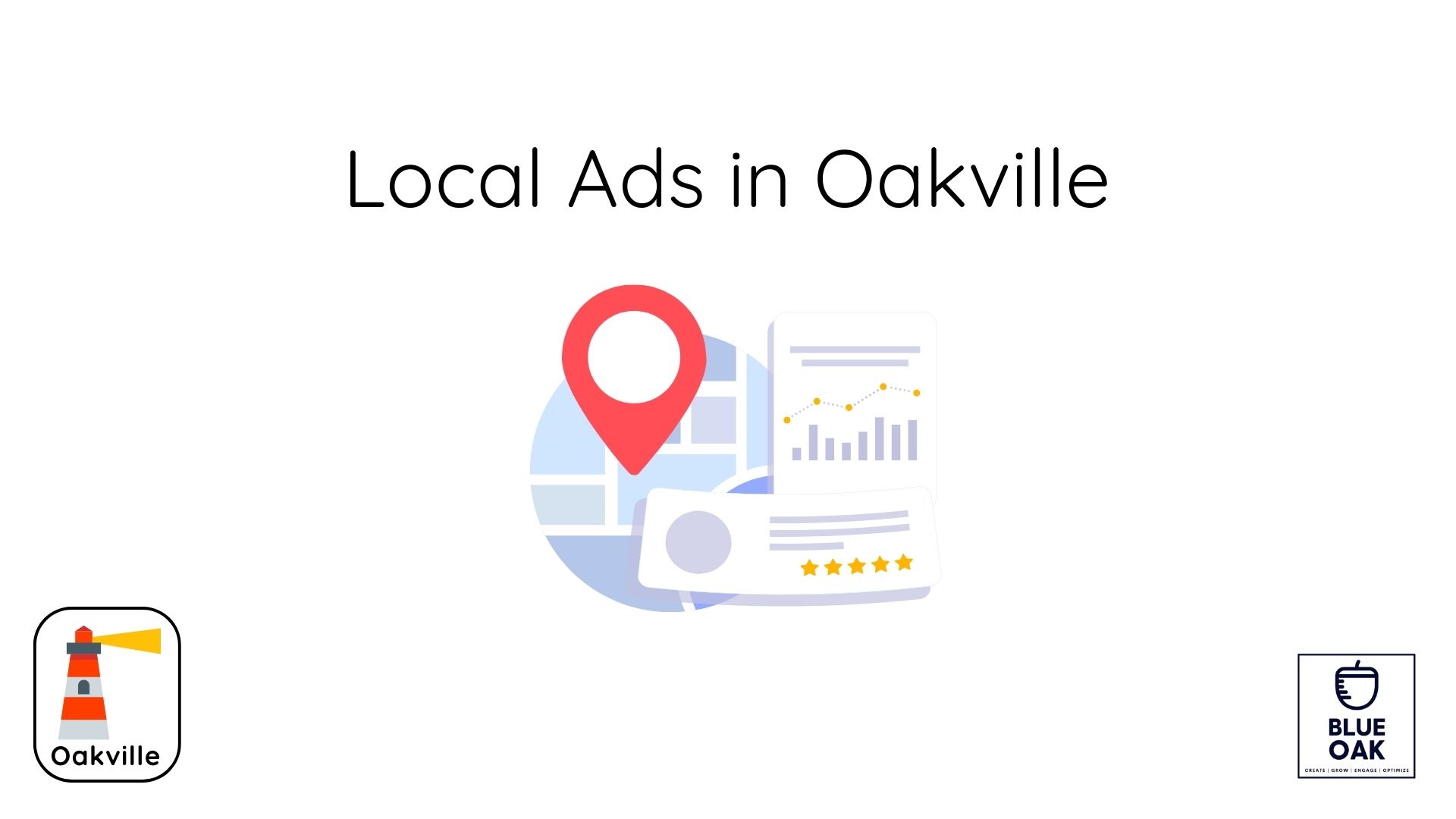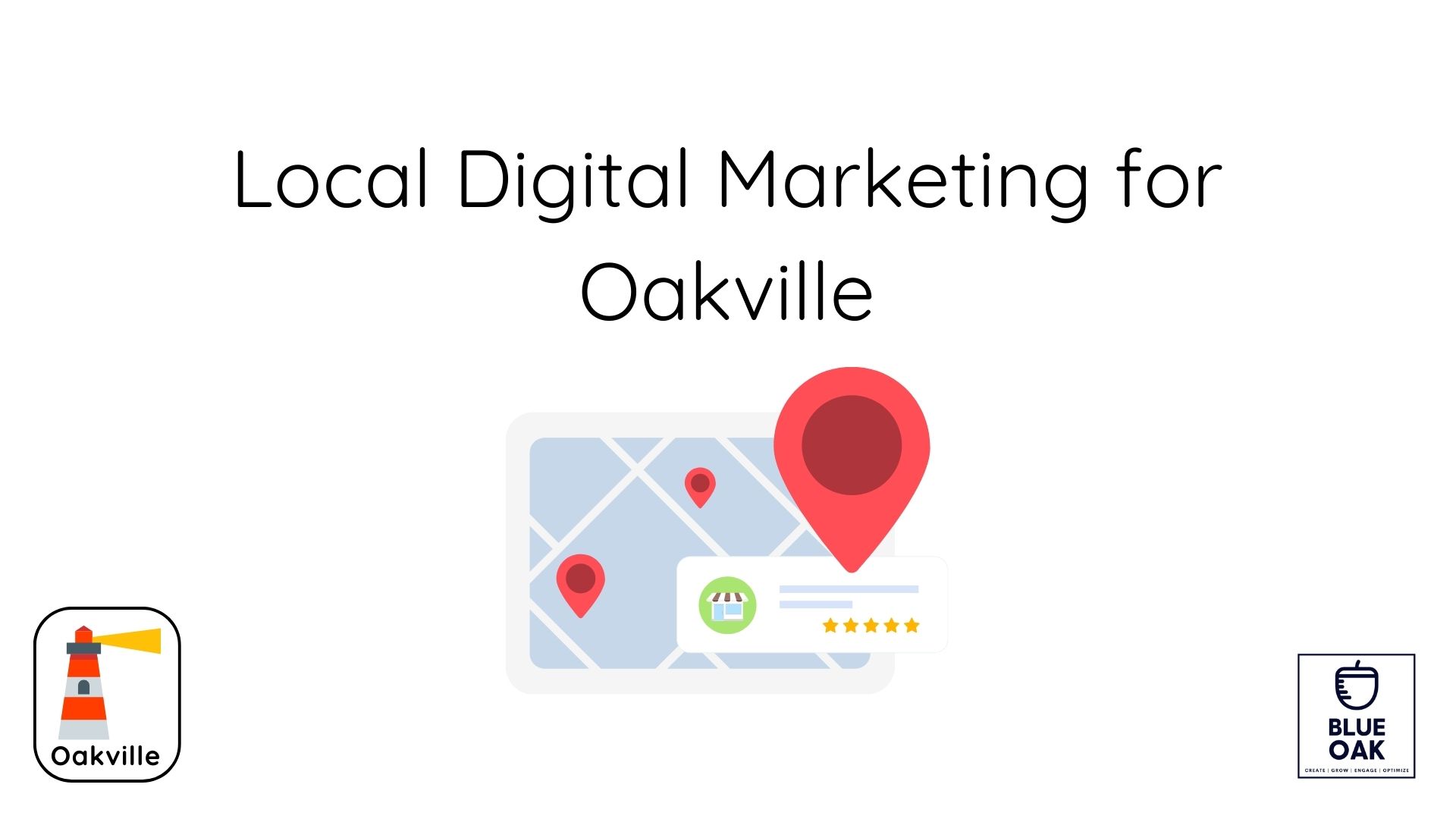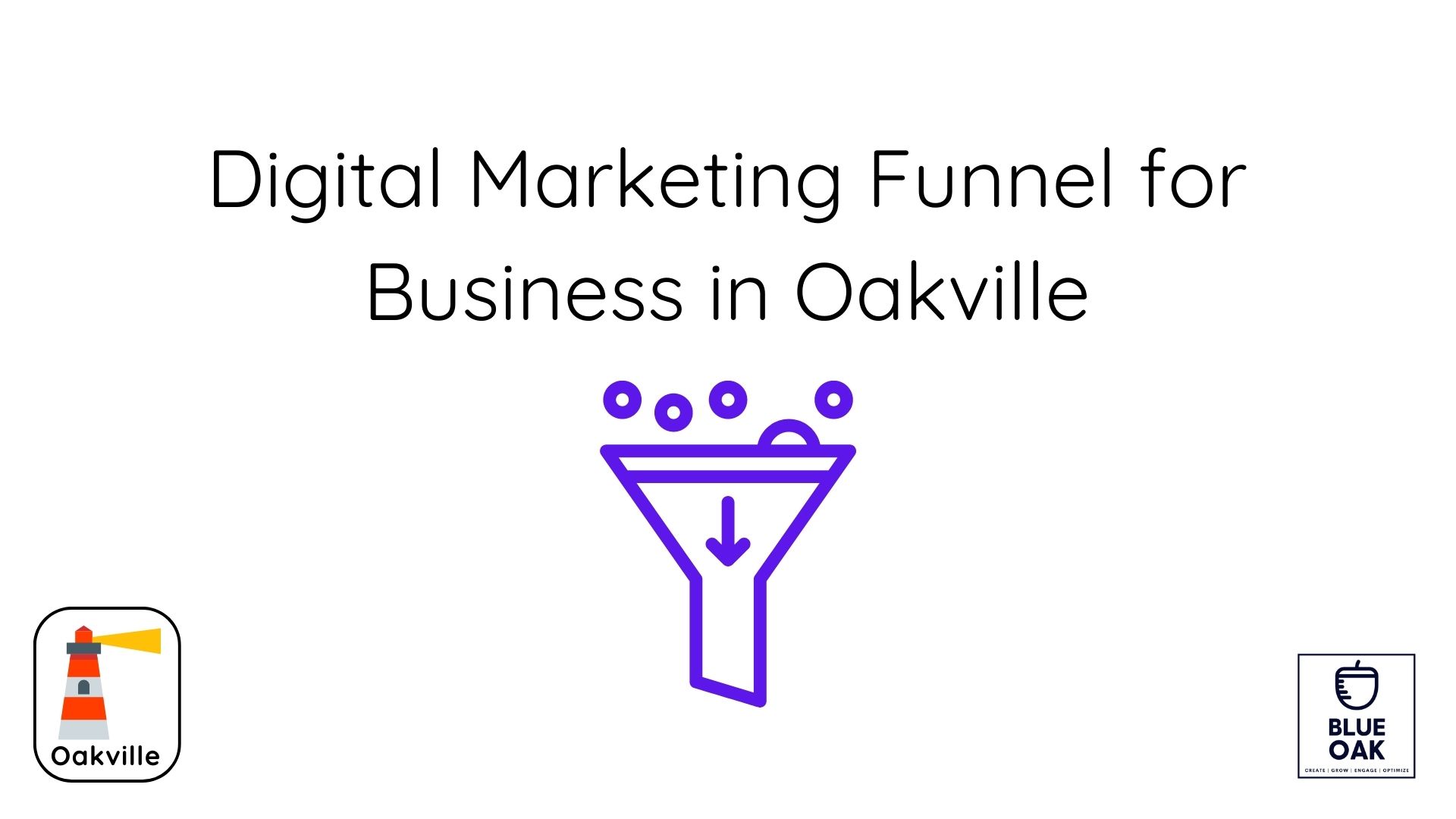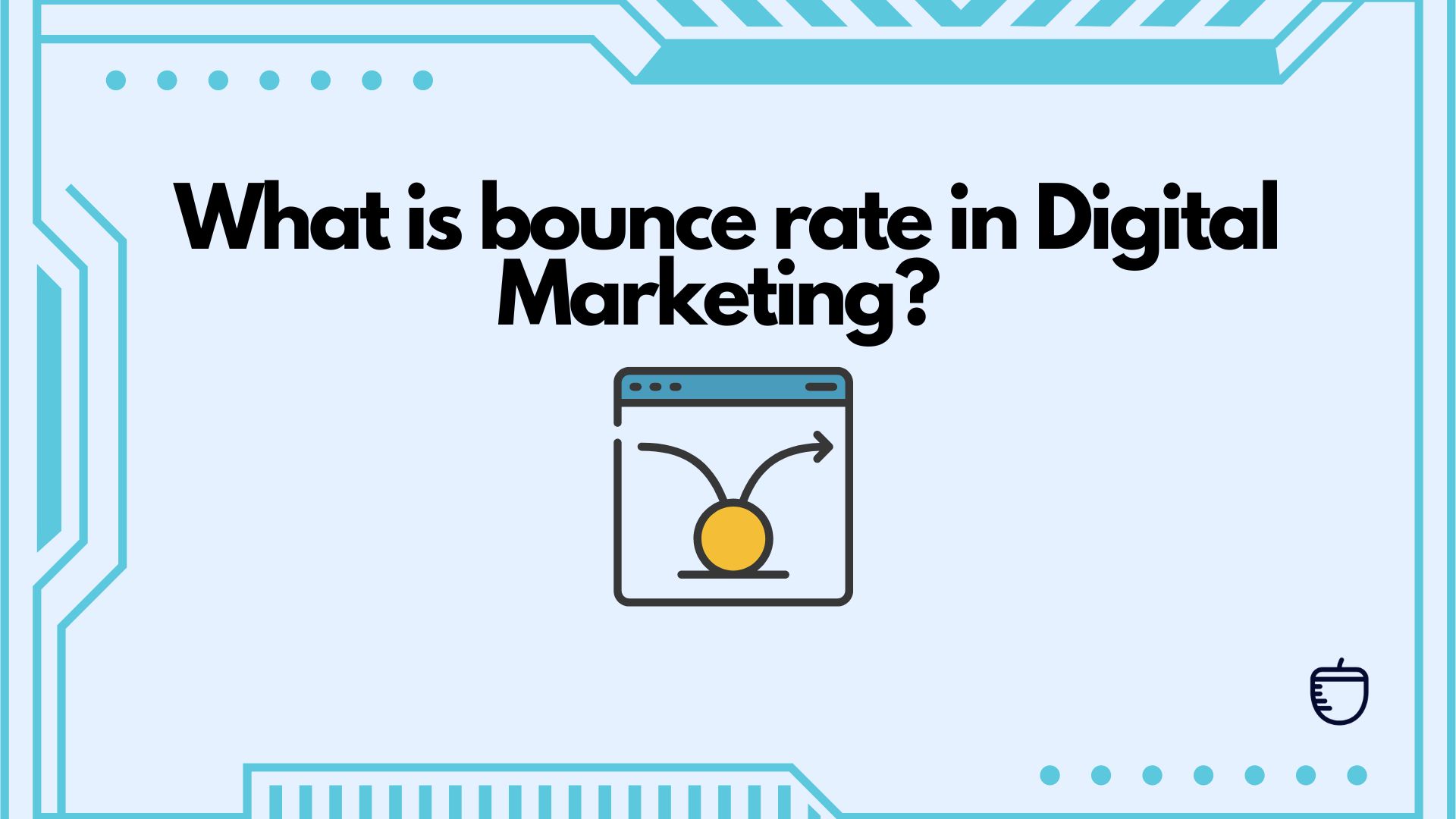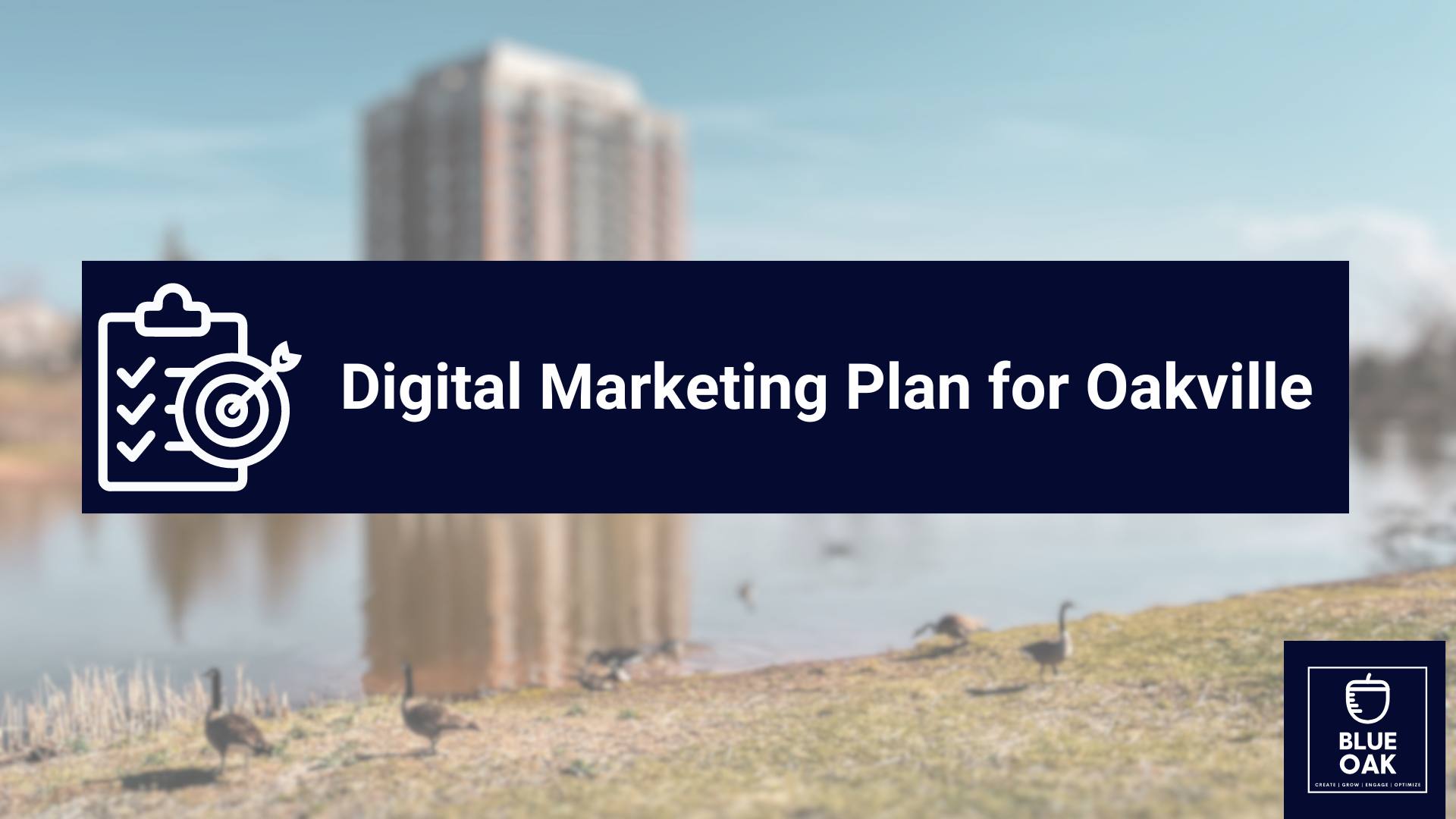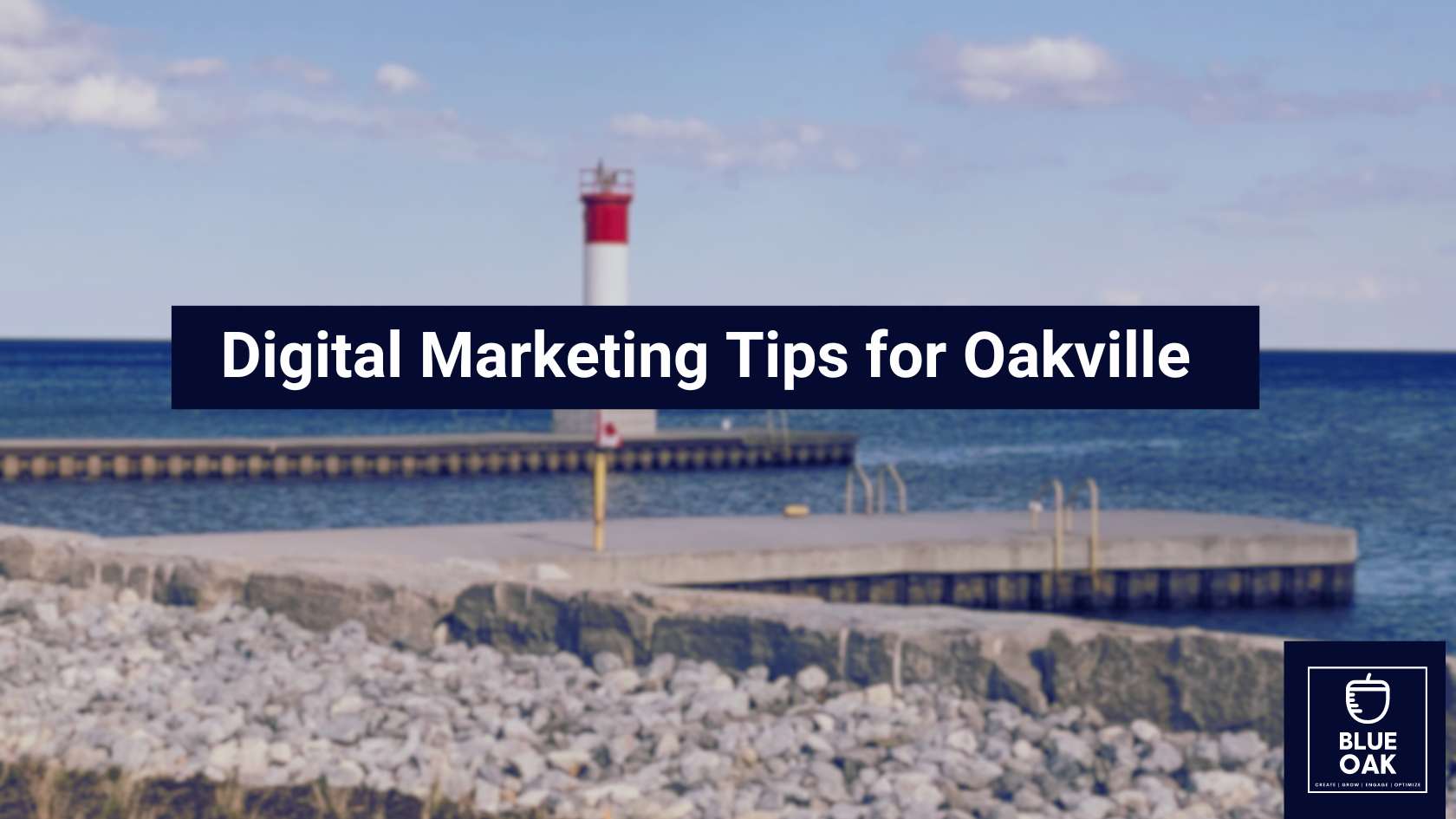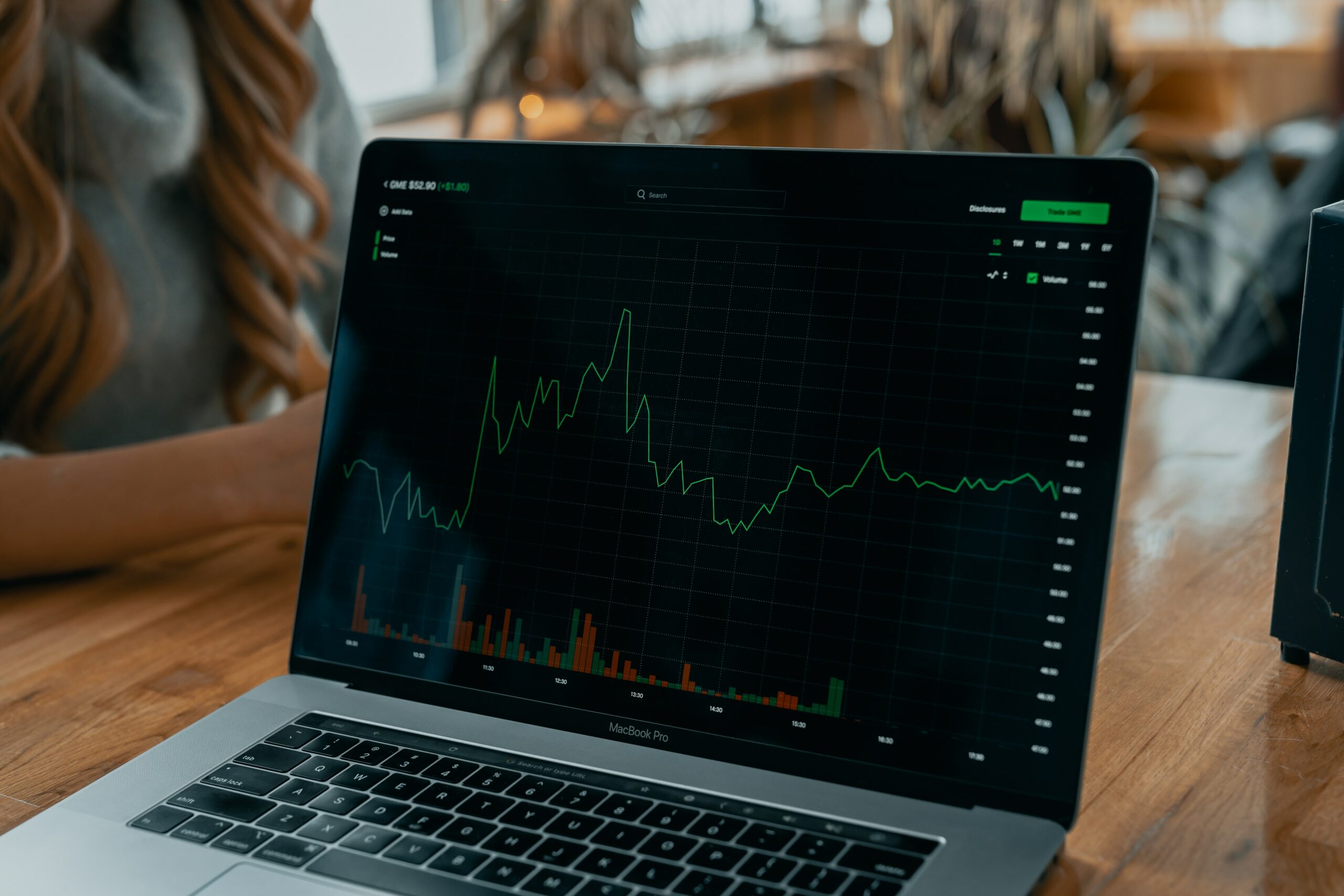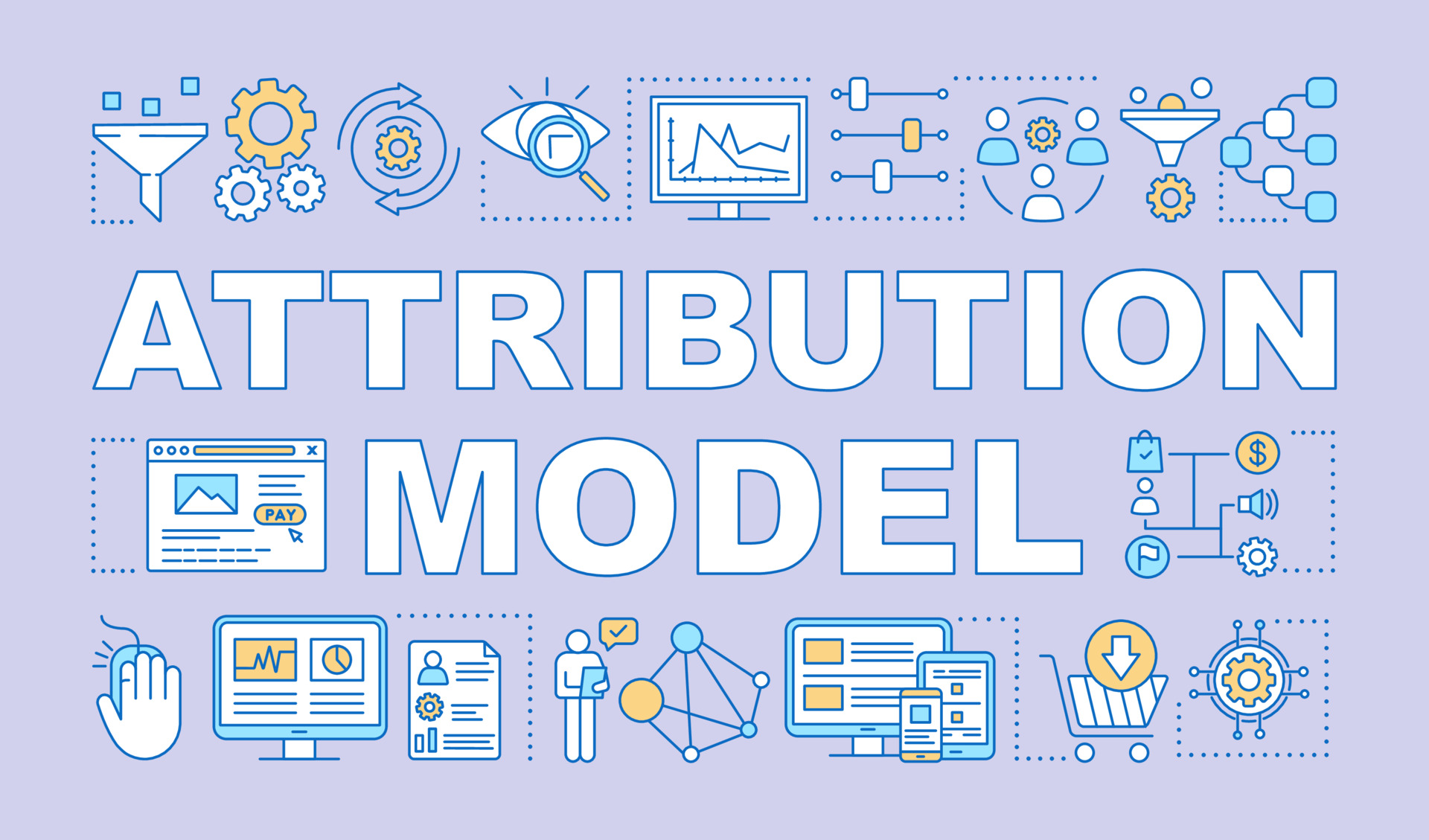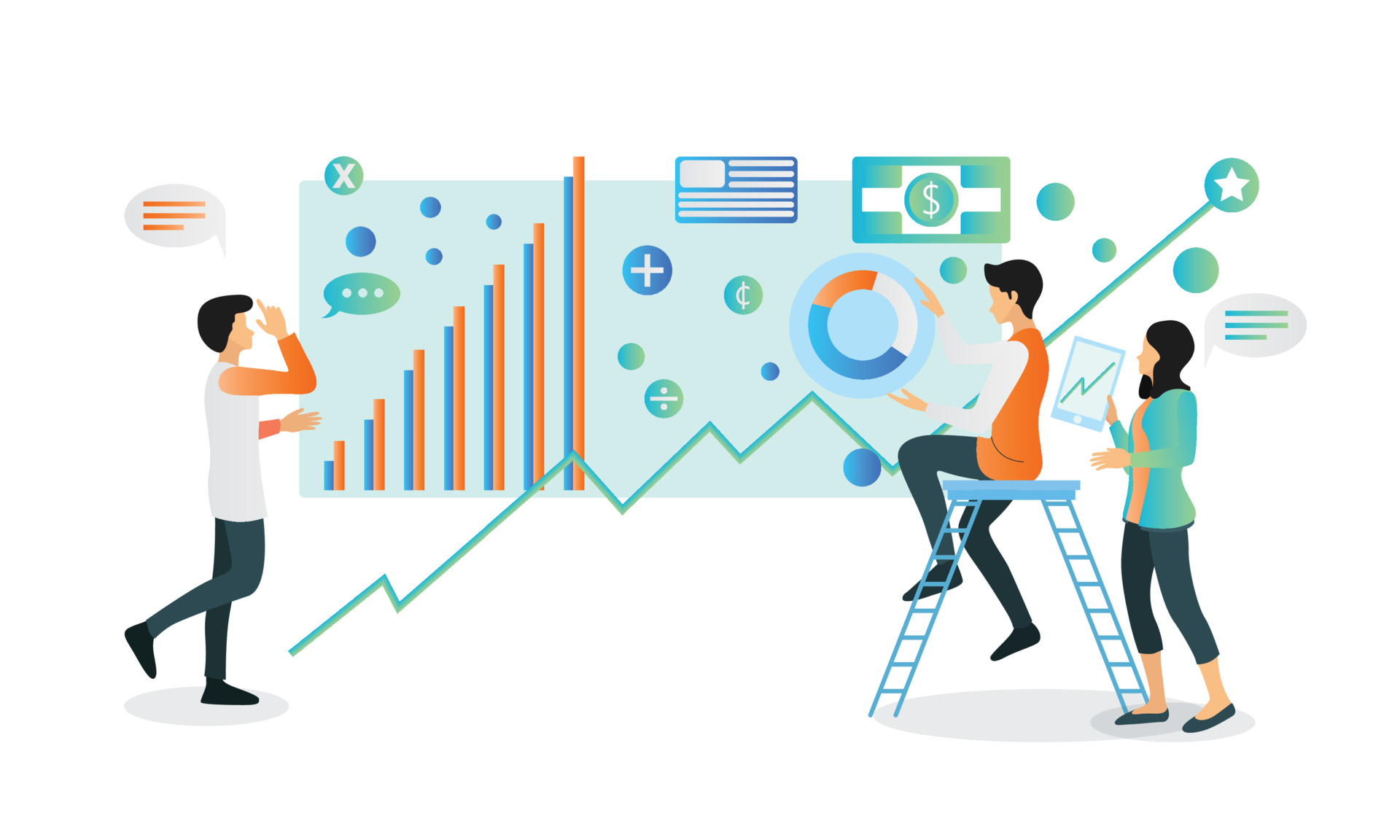What is a Digital Marketing Funnel?

In the ever-changing world of digital marketing, one idea, called the “Digital Marketing Funnel,” has proven to be a reliable way to make plans that work. This simple-looking method breaks the complicated process of getting new customers into several steps: awareness, interest, decision, and acquisition. It’s a system that shows a customer’s path from the first time they find out about something to the last time they buy something.
Table of Contents
ToggleLike a standard funnel, the top is bigger and represents a larger audience with different interest levels. From there, it narrows down to a smaller, more focused group of people who are ready to interact with your brand or buy your product.
This blog post will break down the framework of the digital marketing funnel, explain its most important steps, and explain the TOFU, MOFU, and BOFU tactics and how each are used in digital marketing channels.
We will also go over a complete guide to making a digital marketing funnel for your business that works. This post will tell you everything you need to know about digital marketing funnels, from figuring out your target crowd to using A/B testing to improve your funnel.
What Is A Digital Marketing Funnel?
At its most basic level, a digital marketing funnel is a strategic model that shows the customer’s journey from the first point of interaction with your company to the end of the ultimate purchase. This framework acts as a road map, directing companies through the many phases of client engagement and providing a framework for marketing initiatives in the broad, always-changing digital arena.
The Purpose Of The Digital Marketing Funnel
The main goal of the digital marketing funnel aims to effectively and efficiently help prospective clients move from the awareness stage to the conversion stage.
This simple funnel tool may help organizations define plans and focus marketing initiatives at various customer journey phases. It is not merely a theoretical model. The funnel allows marketers to decide where and how to focus their efforts to get the most significant possible effect and return on their investments.
The Importance Of The Digital Marketing Funnel
Customer Understanding:
Businesses may better understand their clients using the digital marketing funnel. In addition, companies may better understand their prospects’ requirements, goals, and motivations by looking at each step of the sales funnel. This allows them to develop more individualized and successful digital marketing campaigns.
Resource Optimization:
The funnel helps with more effective resource allocation. Businesses may concentrate their marketing efforts on the phases that need the most attention by optimizing their marketing efforts with precise knowledge of where prospects are in their purchase process.
Conversion Enhancement:
The funnel directly influences the improvement of conversion rates. Businesses may more successfully move prospects through the phases and convert prospects into actual loyal customers by customizing marketing methods for each sales funnel step.
Customer Retention:
Beyond conversion, the digital marketing funnel also strongly emphasizes client retention. The process continues even after prospects are converted into clients. Businesses must maintain client engagement, promote repeat business, and develop brand evangelists.
A digital marketing funnel acts as a strategic road map in the challenging world of digital marketing. It provides a systematic way to comprehend consumer behaviour, refine marketing initiatives, raise conversion rates, and foster company expansion.
Digital Marketing Funnel Stages
Creating and executing a more successful marketing plan requires a thorough grasp of the different phases of a digital marketing funnel. The four main phases of the conventional digital marketing funnel are awareness, interest, decision, and acquisition. Let’s examine each of them in more detail.
Stage 1: Awareness
The awareness stage is at the top of the funnel when prospective clients first interact with your brand or discover your goods or services. At this level, it’s all about being seen and recognized, grabbing prospective consumers’ attention, and leading them into the funnel.
Methods To Raise Awareness Include:
Content Marketing: Blogs, articles, infographics, videos, and other types of material that are valuable and fit the requirements and interests of your prospective consumers may all be included in content marketing.
SEO: Optimize your website and content using relevant keywords to improve your presence in search engine results.
Social Media Marketing: To reach a wider audience and engage them with engaging content, use sites like Facebook, Instagram, LinkedIn, and Twitter.
Pay-Per-Click: PPC commercials, social media advertisements, and other sponsored advertising may make a brand more visible to a larger audience.
Stage 2: Interest
After raising awareness, the next step is to develop interest among your target clients. Now that customers have entered your funnel, they are interested in learning more about your company and your products. This phase is part of creating the connection, offering relevant material, and pitching your business as the answer to their demands or issues.
Strategies To Pique Interest Include:
Email Marketing: Sending personalized emails to potential customers can nurture the relationship and provide more in-depth information about your products or services.
Targeted Content: Providing content that specifically addresses your potential customers’ needs and pain points can help keep them engaged and deepen their interest.
Webinars And Live Events: These platforms can offer value, further educating potential customers about your products and services and allowing for real-time engagement.
Stage 3: Decision
Your prospective clients could be exploring other possibilities on the market at this stage, but they are prepared to decide. Now is the time to persuade them that your item or service is the greatest option for meeting their demands.
Tactics To Encourage Decision-Making Include:
Product Demonstrations Or Free Trials: These allow potential customers to experience your product or service firsthand, giving them a clearer idea of its value.
Testimonials And Case Studies: Sharing success stories or testimonials from satisfied customers can build trust and provide social proof.
Comparisons And Detailed Information: Providing detailed comparisons between your product and competitors’ offerings can help convince prospects of your product’s superior qualities.
Stage 4: Acquisition
The conversion and purchase of prospective clients occur during the acquisition phase. However, the trip does not end here. To build a trusting connection, raise customer satisfaction, and encourage repeat business, it is essential to make sure that the purchasing process is simple and to follow up with new clients.
Approaches To Enhance Acquisition Include:
Smooth Checkout Process: Ensure that the purchasing process on your website is seamless and user-friendly.
Excellent Customer Service: Prompt responses to queries and resolutions to issues can greatly enhance the customer experience.
Follow-Ups: Send thank you emails, ask for reviews, or offer customer loyalty programs to keep your brand at the top of their mind for future purchases.
You can modify your digital marketing strategy and make sure you interact with prospective clients at the proper time and place by understanding these steps of the digital marketing funnel. However, keep in mind that client journeys may vary widely, and not all of them will go this straight route. It’s crucial to regularly assess and modify your methods in light of the particular client behaviour patterns you have.
Digital Marketing Funnels And How To Reach Them?
The path that customers travel, both new and existing customers, from the time they first become aware of your brand to the point of conversion and beyond is shown by digital marketing funnels. It’s a potent approach that may assist you in planning your marketing initiatives and making sure you contact your target at every turn.
Marketers often split the funnel into three stages: Top of the Funnel (TOFU), Middle of the Funnel (MOFU), and Bottom of the Funnel (BOFU) to make this trip more manageable. Let’s examine each in detail.
Top Of The Funnel (TOFU)
TOFU refers to the awareness phase, which is the first step of consumer engagement. It’s the time when you cast a wide net, connect with a large audience, and spread the word about your company, item, or service.
Strategies For TOFU
Content Marketing: Engage the audience with helpful, engaging, and non-promotional content. Blog posts, how-to guides, educational videos, infographics, and social media posts can generate brand awareness and attract potential customers.
SEO: Optimize your content with relevant keywords to ensure high visibility in search engine results. Utilize on-page and off-page SEO strategies to improve your website’s ranking and draw organic traffic.
Social Media Marketing: Utilize platforms like Facebook, Instagram, LinkedIn, and Twitter to share content, engage with users, and broaden your reach.
Ppc Advertising: Pay-per-click advertising on platforms like Google Ads can drive targeted traffic to your website and increase brand visibility.
Middle Of The Funnel (MOFU)
MOFU refers to the marketing funnel’s contemplation or interest stage. The objective is to portray your product or service as the best alternative for prospects who are currently weighing their options to meet their requirements.
Strategies For MOFU
Email Marketing: Send personalized and targeted emails to nurture the relationship. Offer valuable insights, share educational content, and keep your brand at the top of their minds.
Educational Content: Offering content like webinars, white papers, or e-books can provide in-depth knowledge about your product or service and establish your brand as a trusted expert.
Retargeting Ads: Utilize retargeting ads to remind interested prospects of your offerings. These ads can appear on social media platforms or other websites that your prospects visit, keeping your brand in their consideration set.
Bottom Of The Funnel (BOFU)
BOFU refers to the decision-and-purchasing phase. Prospects are now about to complete a transaction. At this point, the goal is to close the transaction and persuade prospects to convert and become clients.
Strategies For BOFU
Product Trials/Demos: Free trials or demos allow prospects to experience your product/service before purchasing. This first-hand experience can alleviate any reservations and demonstrate the value of your offering.
Social Proof: Showcasing customer testimonials, case studies, and positive reviews can help build trust and confidence in your product or service, nudging prospects toward a purchase.
Exclusive Offers: Limited-time discounts, bonuses, or exclusive offers can create a sense of urgency and encourage prospects to make a decision faster.
Understanding the various stages of the digital marketing funnel will help you develop customized tactics, ensuring that you reach your prospects with the appropriate message at the appropriate time.
The client journey isn’t always linear and might differ greatly across people. Therefore, it’s crucial to continuously review and modify your plans depending on consumer behaviour and market trends.
Creating A Successful Digital Marketing Funnel For Your Business
A thorough grasp of your market, audience, and company objectives is necessary for the multi-step process of creating an effective digital marketing funnel. In order to get the best results, it entails creating a content marketing strategy, creating a responsive website, creating effective advertising campaigns, and continuously improving your efforts.
Here is a step-by-step tutorial on building a powerful digital marketing funnel for your company.
Step 1: Define Your Target Audience
Understanding your audience is the cornerstone of every effective marketing approach. An in-depth investigation is necessary to establish the following:
Demographics:
Understand attributes such as age, gender, location, education level, income, and employment.
Psychographics:
Delve into interests, hobbies, values, attitudes, lifestyle, and personality traits.
Behaviour:
Study their buying habits, spending habits, product usage, and digital behaviour.
Tools like Google Analytics, Facebook Audience Insights, and surveys can provide you with comprehensive data to help you accurately define your target audience. The more precise your targeting, the more effective your marketing efforts will be.
Step 2: Conduct A Competitor Analysis
Understanding your competition is crucial to identify gaps and opportunities in the market. It’s not just about copying their strategies but rather gaining insights to outperform them.
SEO Analysis:
Tools like SEMRush and Ahrefs can help you understand your competitors’ keyword strategy, backlink profile, and organic traffic.
Content Analysis:
Platforms like BuzzSumo can help you analyze the type of content that’s performing well in your industry.
Social Media Analysis:
Check out your competitors’ engagement on their social media platforms using tools like SocialBlade.
Step 3: Set Smart Goals
Setting SMART (Specific, Measurable, Achievable, Relevant, and Time-bound) goals will provide a clear direction for your marketing efforts. These might include:
Increase website traffic by 25% over the next six months.
Improve conversion rate by 15% in the next quarter.
Grow the email subscriber list by 20% by the end of the year.
Step 4: Craft A Content Strategy
A well-planned content marketing strategy is vital in guiding your audience through the marketing funnel. Tailor your content to meet the needs of each stage:
TOFU Content:
Focus on broad topics related to your industry to attract a wide audience. This can be in the form of blog posts, infographics, and explainer videos.
MOFU Content:
Create more specific content to nurture leads. Webinars, whitepapers, and newsletters work well at this stage.
BOFU Content:
Produce content that convinces leads to make a purchase, like product demos, customer testimonials, and case studies.
Step 5: Develop A User-Friendly Website
Your website is the centrepiece of your digital presence. It needs to be:
Easy To Navigate:
Users should be able to find what they’re looking for easily.
Mobile-Friendly:
Ensure your website works seamlessly on all devices.
SEO Optimized:
Implement on-page and off-page SEO techniques for better visibility in search engine results.
Step 6: Create Your Funnel
Design a marketing funnel that aligns with your customer’s journey:
TOFU: Use content marketing, SEO, social media marketing, and PPC advertising to attract a broad audience.
MOFU: Use email marketing, targeted content, and retargeting ads to nurture leads.
BOFU: Leverage product demos, testimonials, and exclusive offers to convert leads into customers.
Step 7: Launch Advertising Campaigns
Online advertising can extend your reach and draw more qualified leads into your funnel. Utilize platforms like Google Ads and Facebook Ads for targeted campaigns.
Step 8: Conduct A/B Testing
A/B testing is a powerful way to optimize your marketing efforts by determining what resonates best with your audience. You can test:
Headlines
Images
Calls to Action
Email subject lines
Landing page designs
Step 9: Continuously Optimize
Digital marketing requires continual refinement. Use analytics tools to monitor performance, identify areas for improvement, and make data-driven decisions. Regularly reassess your:
Overall Digital Marketing Strategy
SEO (Search Engine Optimization) strategy
Content effectiveness
Website usability
Advertising campaigns
Email marketing metrics
Paid Advertising Strategy
By going through these steps, you’ll be well on your way to developing a highly effective digital marketing funnel. The key is understanding your audience, delivering content that resonates with them at each stage of the funnel, and continually optimizing based on data and feedback.
Examples Of Digital Marketing Sales Funnel
Implementing a digital marketing funnel can dramatically improve your online strategy. Below, we’ll explore examples of how businesses might structure their digital marketing funnels.
Example 1: E-Commerce Store
Awareness:
The store attracts potential customers through search-engine-optimized blog posts about the latest fashion trends.
Interest:
It then uses social media advertising to showcase its products to these potential customers.
Decision:
Email marketing is used to provide personalized product recommendations and exclusive discount codes.
Acquisition:
The customer decides to make a purchase and is encouraged to leave a review or share their purchase on social media, creating more awareness.
Example 2: Software As A Service (SAAS) Company
Awareness:
The company offers a free e-book on ‘Improving Business Productivity’ in exchange for the visitor’s email address.
Interest:
They nurture these leads with a series of emails explaining how their software can help improve productivity.
Decision:
The company offers a free trial of the software and provides testimonials and case studies to reinforce its benefits.
Acquisition:
After the free trial ends, the user is offered a discount to become a paid subscriber.
Remember, the key is to tailor your digital marketing funnel to your specific audience and business goals, using a strategic mix of content and tactics that resonate with potential customers at each stage.
Summary
A key component of your marketing plan is the digital marketing funnel, which acts as a roadmap for converting site visitors into devoted patrons. It requires knowing your audience, giving them worthwhile material at each step, continuously analyzing your competitors, establishing SMART objectives, and continuously refining your strategy in light of data.
Always keep in mind that developing an effective digital marketing funnel requires ongoing monitoring, testing, and improvement. You can build a very successful funnel with the appropriate techniques that increase your revenue while also drawing in and keeping clients.
When creating your digital marketing funnel, make sure to take your company’s and your target market’s unique demands into account.

